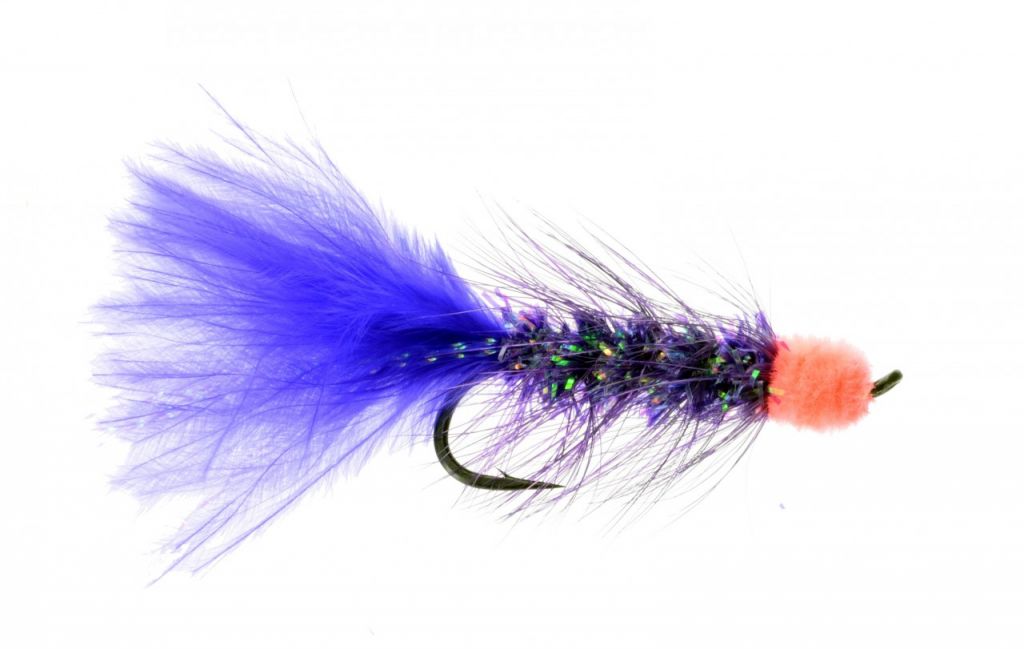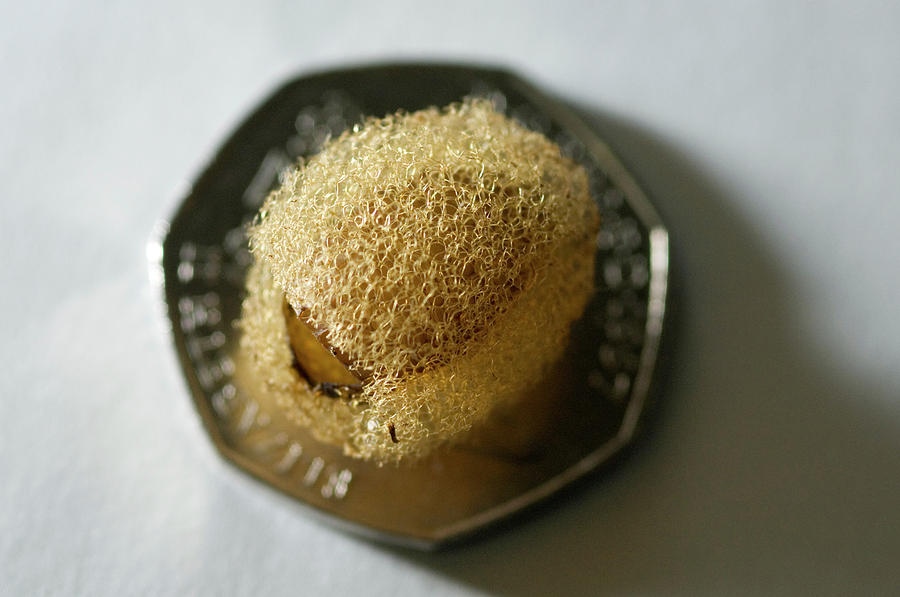

In fact, in some countries, measures have been taken to preserve them. The leech population worldwide has declined alarmingly. It’s an amphibious invertebrate, which means that to carry out its life cycle it must spend time both in water and on land. Its preferred habitat is very shallow puddles or lakes with mud substrate and a large amount of vegetation. The species we’re concerned with here (Hirudo medicinalis) is distributed throughout most of Europe, although it has also colonized a large part of Asia. As they’re ectothermic animals (their body temperature depends on the ambient temperature), very cold climates aren’t very suitable for their development. This is because they’re better adapted to warm climates and aquatic environments. However, most are found in tropical areas. With the exception of Antarctica, leeches live on all continents. To swim, they perform rapid undulations thanks to their muscles. In order to move, they hold their anterior sucker and then drag the other segments of their bodies. The leech has two suction cups, a small one at the front and a larger one at the back. They have a fixed number of body segments and each segment has several subdivisions. Most individuals are dark in color, although some have the ability to change color in response to different stimuli. The color of this animal varies according to the species. The leech’s body has the ability to dilate greatly in order to store all the blood it sucks. However, the world’s largest species ( Haementeria ghilianii), which lives in the Amazon rainforest, can measure up to 30 centimeters (12 inches).

Physical characteristicsĪ leech generally measures between 5 and 12 centimeters (2 to 5 inches).

Leech eggs full#
However, the preferred habitat of almost all leeches is shallow lakes full of vegetation and with no currents. To date, 680 species of leeches have been recorded, of which 100 are marine, 480 freshwater, and 100 terrestrial.Īlthough they form part of a rather small taxon, it should be noted that leeches have colonized practically the entire world (with the exception of Antarctica). However, they split from their distant relatives to form their own subclass: Hirudinea. What are leeches?Īs mentioned above, all leeches belong to the phylum Annelida, which is shared with earthworms and other worms (freshwater, terrestrial or marine). Here are some facts to better understand the characteristics and reproduction of leeches. The best known is the medicinal leech or common leech, whose scientific name is Hirudo medicinalis. There are about 600 species of leeches worldwide. They have been shown to be effective in many clinical approaches, although today there are somewhat more “humane” options for treating diseases. They’re related to earthworms, but differ from them by the presence of suckers on their bodies and because most of them live in water.Īlthough most people hate them, leeches have proved to be very useful in medicine, especially in microsurgery and in the case of some transplants. Leeches are worm-like invertebrate animals that belong to the group of annelids.


 0 kommentar(er)
0 kommentar(er)
